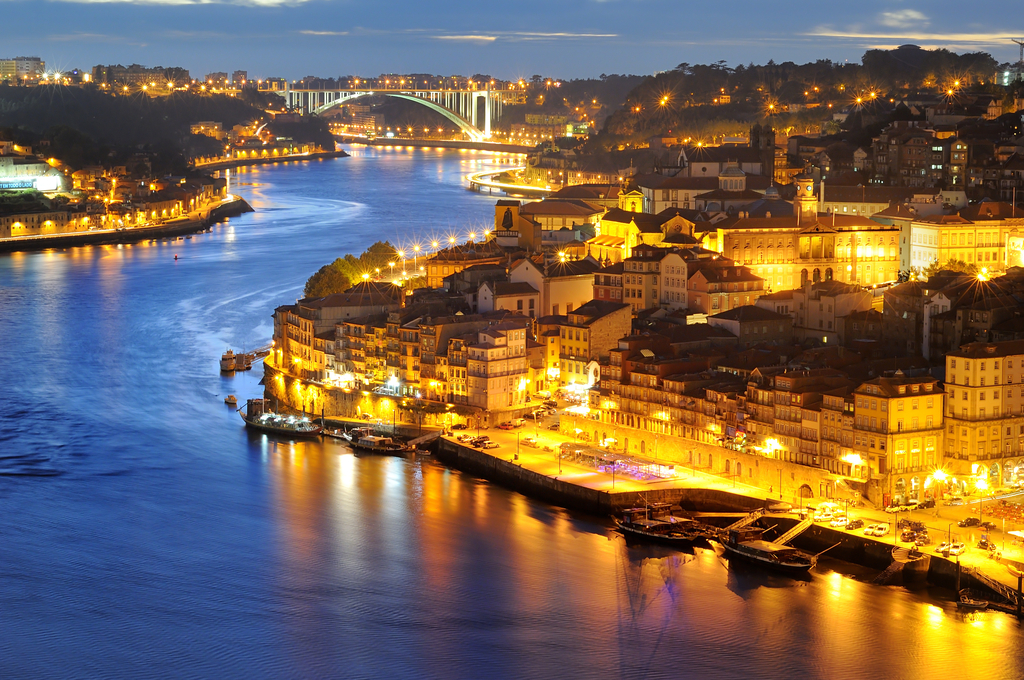The cruise industry is committed to pursuing net zero emissions by 2050, and supports the long-term objectives of the EU Green Deal. By driving innovation through shipbuilding in Europe, the industry can help to enable European green growth, as set out in the Green Deal and EU recovery plans.
CLIA @ SMM Hamburg 2024: Energy Efficiency on Board Cruise Ships discussion
CLIA this year partnered for the first time with SMM Hamburg, 3-6 September. As the leading international maritime fair, this was a perfect opportunity for the cruise sector to showcase its innovations to exchange ideas with the wider shipping community.
Click here to read the full articleCLIA @ SMM Hamburg 2024: CLIA’s Cruise Investment Plan for Europe
At SMM Hamburg, CLIA hosted a panel discussion on the European Cruise Investment Plan which we commissioned earlier this year from DNV and Ricardo.
This study aims to provide the knowledge base for the investments that will be needed to decarbonize the cruise sector in Europe. The study is assessing the current and near-term decarbonization technologies, mapping cruise vessel operations, and assessing the scalability and investment requirements for the cruise industry to meet the Fit for 55 regulatory obligations and achieve the objective of net zero emissions by 2050.
Environmental Technologies & Practices Report 2023
The Environment Technologies & Practices Report 2023 showing concrete progress by the sector in advancing its environmental and sustainability agenda.
Some highlights include:
– More than 15% of the vessels to be launched in the next five years will be equipped to incorporate fuel cells or batteries.
– Efficiency tracking systems are now in place on 171 CLIA-member ships to enhance efficiencies, optimize/reduce fuel consumption.
– 15 LNG-powered CLIA ocean-going cruise ships sailing today
– 46% of ships can use shoreside electricity while in port.
Learn more about the industry’s investments and innovations
The importance of shoreside electricity
The route towards net-zero carbon cruising has many paths. One of the key areas identified as making a significant impact in terms of emissions is the implementation and use of shoreside electricity at ports, also known as On shore Power Supply (OPS).
This means ships can connect directly to power sources on shore. It allows ship engines to be switched off, reducing emissions by up to 98%, depending on the mix of energy sources, while a ship is in port.
As part of the EU’s Fit for 55 programme, all main ports in the European Union will have to use shoreside electricity by 2030.
Renewable and Low-Carbon Fuels Value Chain Industrial Alliance
CLIA has joined the recently formed Renewable and Low-Carbon Fuels Value Chain Industrial Alliance (the Alliance). This initiative is a collaboration of stakeholders, and focuses on boosting the production and supply of renewable and low-carbon fuels in the aviation and maritime sectors. It is closely aligned with the FuelEU Maritime and RefuelEU Aviation initiatives.
The Alliance’s objective is to ensure that aviation and maritime transport have sufficient access to renewable and low carbon fuels to meet greenhouse gas emission targets by 2050. CLIA is representing the cruise industry which has committed to pursuing net-zero carbon cruising by 2050. Access to these renewable and low-carbon fuels is an essential element of our industry’s roadmap to achieving our objectives.
Protecting the Mediterranean
We welcome the International Maritime Organization’s approval to create a new Emission Control Area (ECA) in the Mediterranean Sea. This is a milestone on the way to a more sustainable shipping sector.
Once implemented in 2025, this means that ships in the ECA would have to meet stringent limits of sulphur oxide emissions (SOx) of no more than 0.1%, resulting in drop of nearly 79% in SOx emissions. This compares to 0.5% of allowable emissions outside the ECA.
The Mediterranean Sea ECA will be the fifth worldwide designated area, joining the areas of the Baltic Sea, North Sea, North America (covering designated coastal areas off the United States and Canada); and the United States Caribbean Sea (around Puerto Rico and the United States Virgin Islands).
Fit for 55: WATCH Euractiv debate on green innovation in maritime
21 September 2021: A CLIA and EURACTIV debate on the need for innovation to achieve the EU and industry’s decarbonisation ambitions. Speakers included:
Roxana Lesovici, Cabinet Expert/Communications Adviser, Member of Adina Vălean’s Cabinet, European Commission (keynote speech)
Joaquim Nunes de Almeida, Director for Energy-intensive industries and mobility, DG GROW, European Commission
Dr Michele Acciaro, Associate Professor of Maritime Logistics, Kühne Logistics University (KLU).
Christophe Tytgat, Secretary General, Sea Europe
Ukko Metsola, Director General, CLIA Europe
CLIA’s initial response to Fit for 55
A balanced and proportional regulatory framework for all economic sectors can pave the way to achieve the EU goal of net-zero carbon by 2050. Special attention should be given to assessing potential impacts on remote European coastal regions and islands that depend heavily on passenger shipping. CLIA is committed to contributing to the policy discussion, partnering with all actors to accelerate the development of alternative marine fuels that will be necessary for achieving the EU’s and CLIA’s decarbonisation ambitions.
Read CLIA’s full statement on Fit for 55A future focused industry: partnering with the supply chain to innovate

Case study: Merits of a flexible fuel strategy
Maikel Arts, General Manager, Market Innovation from marine technology manufacturer, Wärtsilä, explains how a flexible fuel strategy can help to create pathways to decarbonisation.

Case study: Port of Roenne as a green energy hub
The port of Roenne is at the heart of ambitious plans to create a green bunker hub in the Baltic where ships will be able to refuel with sustainable fuels

“Fit for 55”: virtual debate
CLIA supported a virtual debate organised by Euractiv on 21 September to discuss the EU Fit for 55 proposals and the importance of green maritime innovation.
